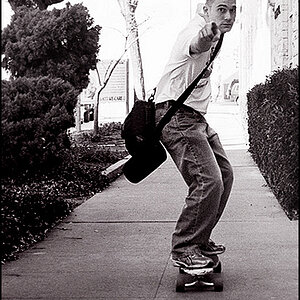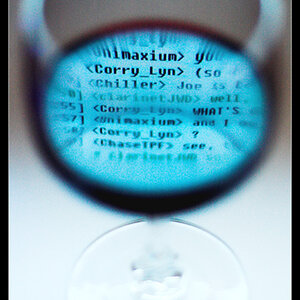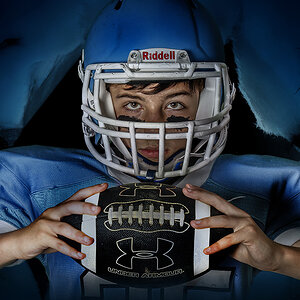adamhiram
No longer a newbie, moving up!
- Joined
- Feb 6, 2015
- Messages
- 858
- Reaction score
- 576
- Can others edit my Photos
- Photos OK to edit
As I continue learning about lighting and portraiture, I am looking for additional options beyond seamless paper for backgrounds to add some texture for more traditional portraiture, or even a basic "school photo" look. I've seen some more affordable options like painted canvas and washed muslin backdrops from Savage, but was looking for recommendations.
What materials, patterns, brands do you recommend? I'm looking for something nicer than a bedsheet, cheaper than an Oliphant, and hopefully versatile enough that I can get a few looks out of it.
What materials, patterns, brands do you recommend? I'm looking for something nicer than a bedsheet, cheaper than an Oliphant, and hopefully versatile enough that I can get a few looks out of it.



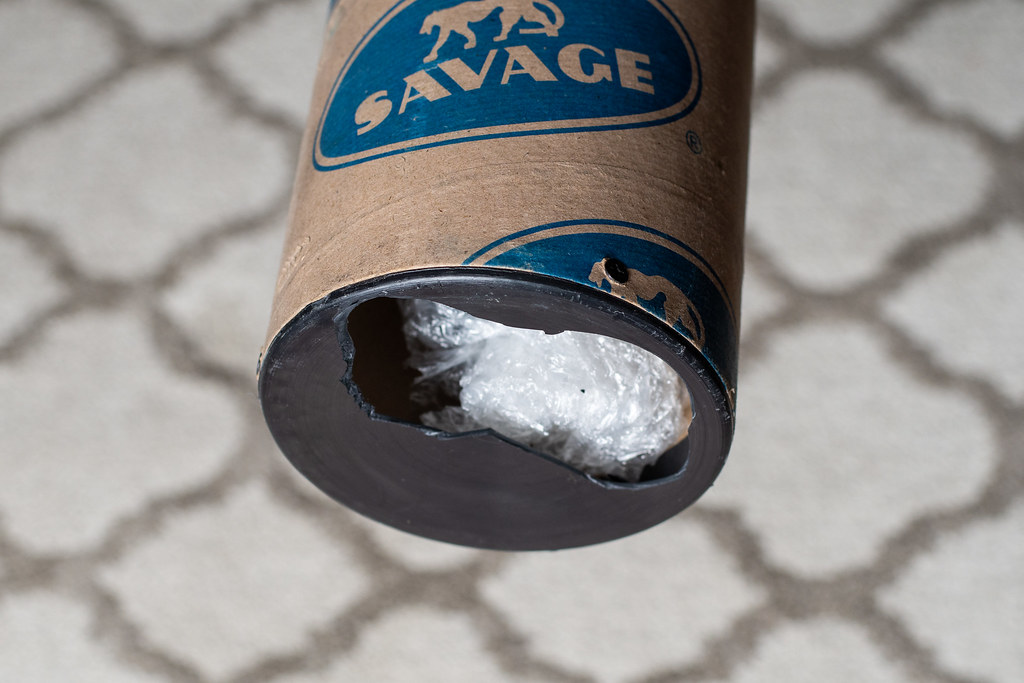
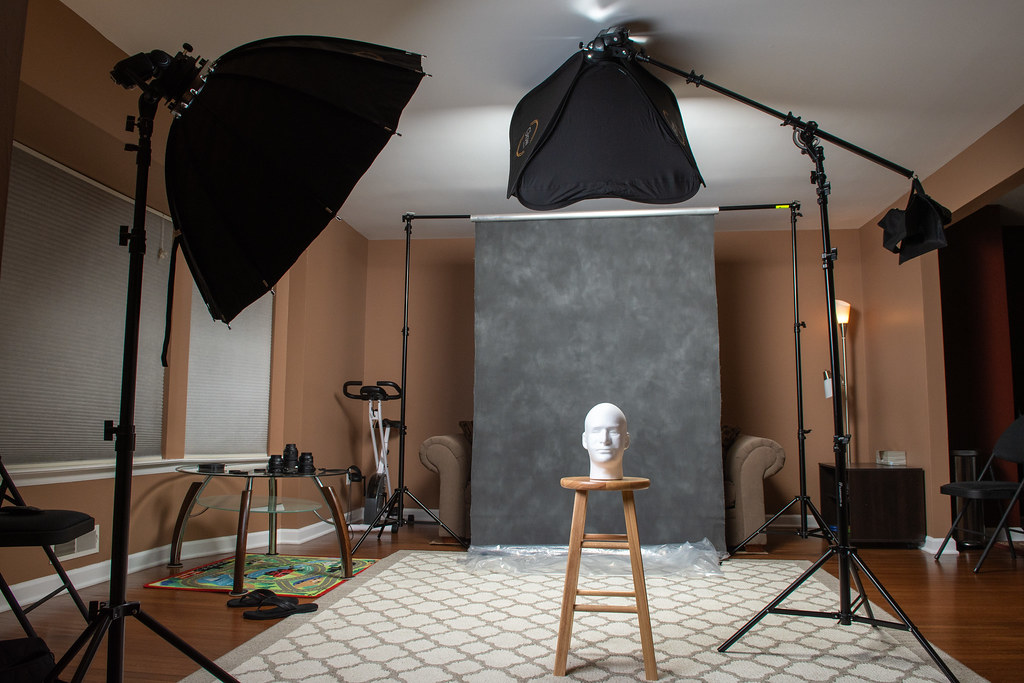


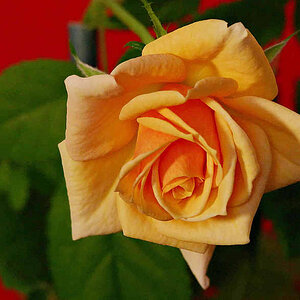
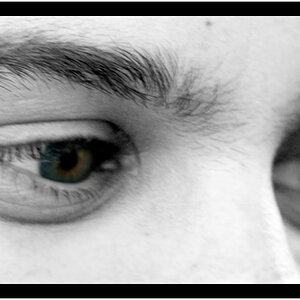
![[No title]](/data/xfmg/thumbnail/38/38749-a4ef503184d13a9c7592221cb44ac5e8.jpg?1619738704)
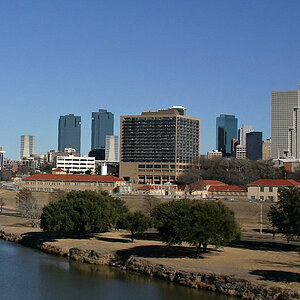
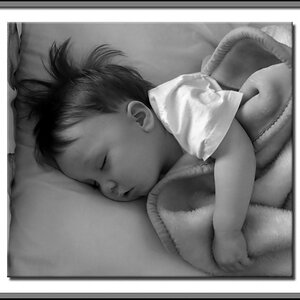
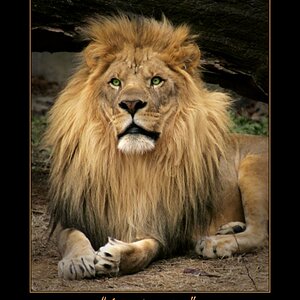
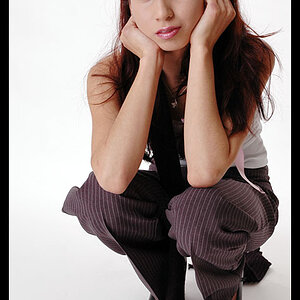
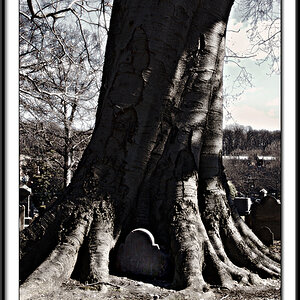
![[No title]](/data/xfmg/thumbnail/38/38750-dbafc867a1461ce200c2405640d537ec.jpg?1619738704)
